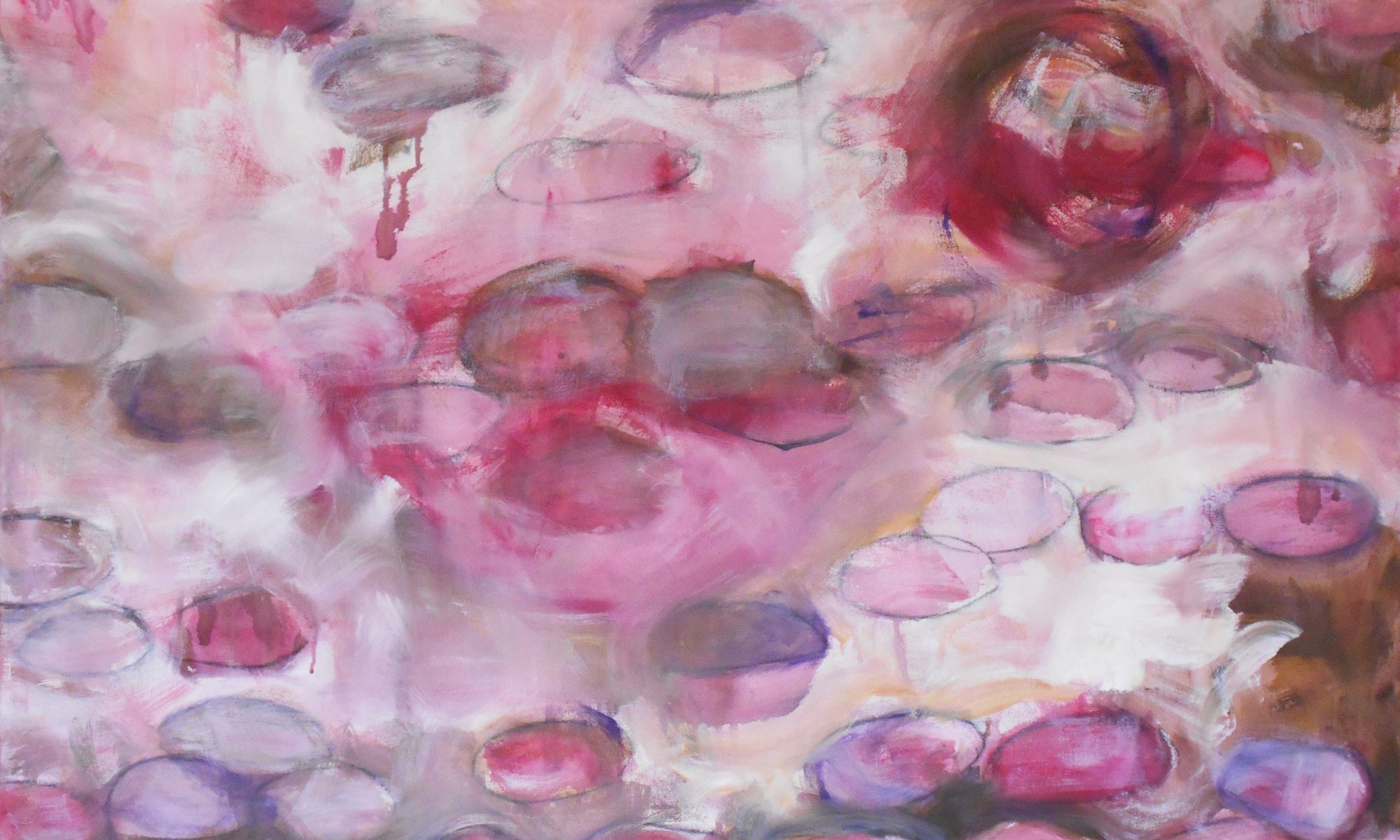De Kooning Review
Susan Livengood 2006
Did you aspire to be an artist, before responsibilities got in the way? Painter, poet, author, musician, the kind of thing your parents warned you against, sure that you wouldn’t make enough money to support yourself and your family. What if you hadn’t listened and pursued your art?
The book “De Kooning, An American Master” by Mark Stevens and Annalyn Swan is a biography of Willem de Kooning. This was the story of a decision to pursue art, regardless of the cost. He became a painter known as an American Master.
Willem de Kooning stowed away on a ship from Rotterdam to America in 1926. He fled Europe during an economic depression. He landed in America just in time for another one.
De Kooning had been classically trained at the Rotterdam Academy of Art. As an illegal immigrant he stayed with other Dutch émigrés. He found work painting houses, learning English and getting by. He worked for a shoe company as a window designer. He missed the camaraderie of other artists, so he moved to Greenwich Village. The poverty across the country during The Depression was grinding. Artists would gather in cafes to spend the evening talking over a 5 cent cup of coffee. Picasso’s Guernica was a regular subject of debate. The apartments were cold water flats with kerosene heaters and many of the artists them painted there.
In 1935 de Kooning decided to quit his job and become a serious artist. His decision was made even though he was offered a raise equal to double his pay.
Poverty was constant. There was some relief with WPA projects. De Kooning sold some work and bartered.
His biggest influence and friend in the 30’s was Arshille Gorky. They discussed art. The question was how to make “modern” art. De Kooning struggled with that question throughout his long career. In the 30’s and 40’s scant attention was give to his work, except for the close circle of NY artists. De Kooning painted daily. Sometimes he would skip the evening socializing to continue painting. Often he would scrape off the paint from the previous days work, and start again.
1943 saw Jackson Pollock become the darling of art critics and collectors. De Kooning liked Pollock, but wondered why he was ignored.
At the end of WWII, artists swarmed to the Village. Some were returning soldiers, others were European refugees. Energy and ideas abounded. De Kooning gained respect as a leading force among these artists.
In the summer of 1948 de Kooning taught at Black Mountain College in North Carolina. He could not wait to get back to NY. He exhorted the students to work intently on one painting. No one successfully followed his regimen. The fall of 1948 was the beginning of his recognition by NY art critics.
“Excavation” was selected to represent the US in the Vienna Biennale, 1950. He taught at Yale for a year with Josef Albers but it was not a good fit. The summer of 1950 de Kooning started “The Woman” series. Critic Clement Greenberg accused him of reverting to classicism with the use of the figure.
The Art Institute of Chicago invited him to participate in the juried show called the “60th Annual American Exhibition: Painting and Sculpture at the Art Institute of Chicago. When a representative assured him that he would win the $4000 prize, de Kooning shipped “Excavation to Chicago. It was the first time he had real money. He had to be persuaded to put it in a bank and not carry it around.
If you think de Kooning became famous as an American master and lived happily ever after, you would be wrong. The book does an admirable job of showing his ups and downs. Fame came with a high personal price, as well as financial reward.
He painted into the mid ‘80’s, even as Alzheimers was stealing his mind. His studio assistants found that painting helped de Kooning hold onto life. He could get lost on his own property, and needed constant care. But when he was at his easel, the symptoms faded. He died in 1997 at the age of 93.
Will this book change your life? Probably not. Each of us lives with our decisions.
